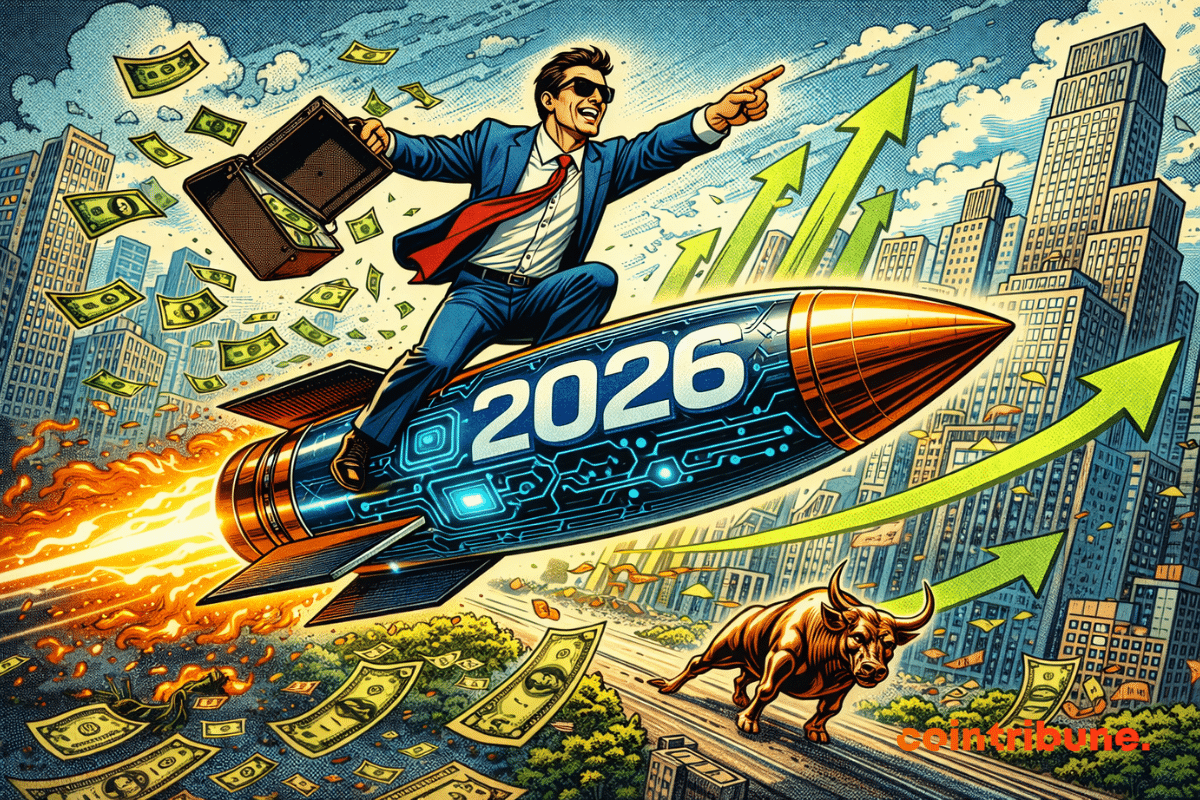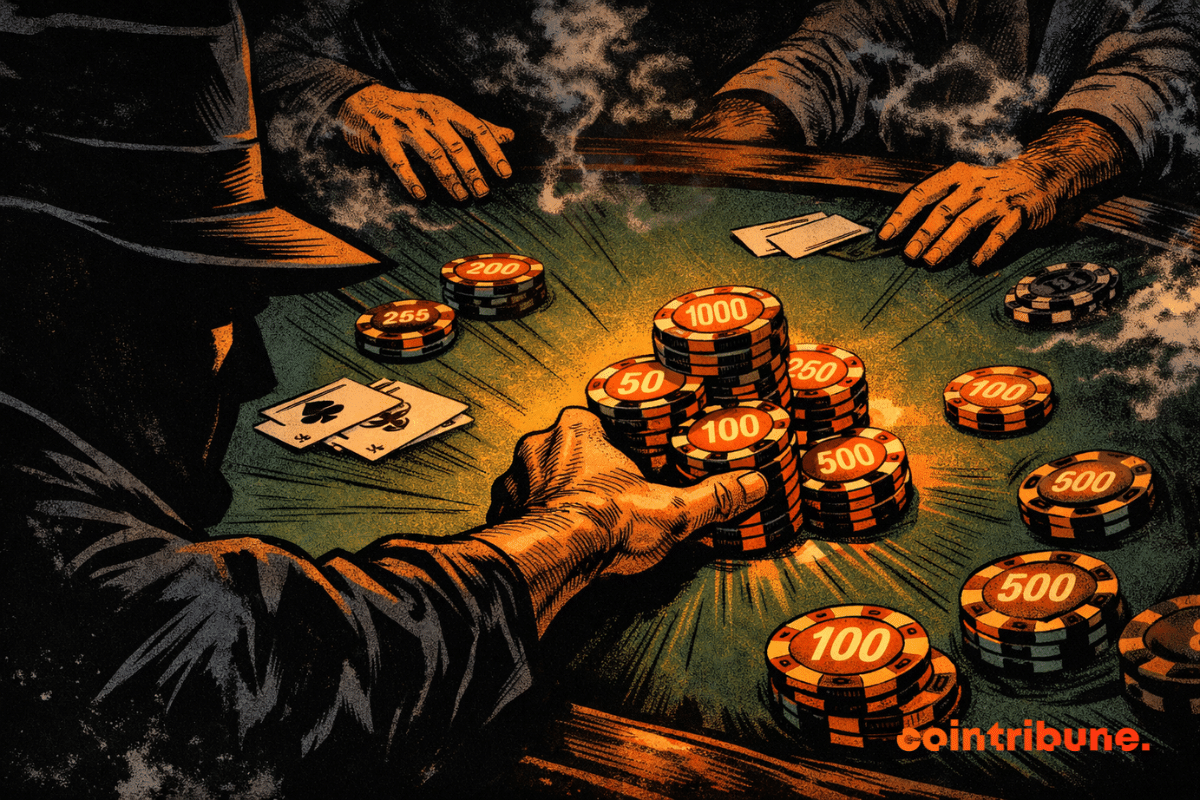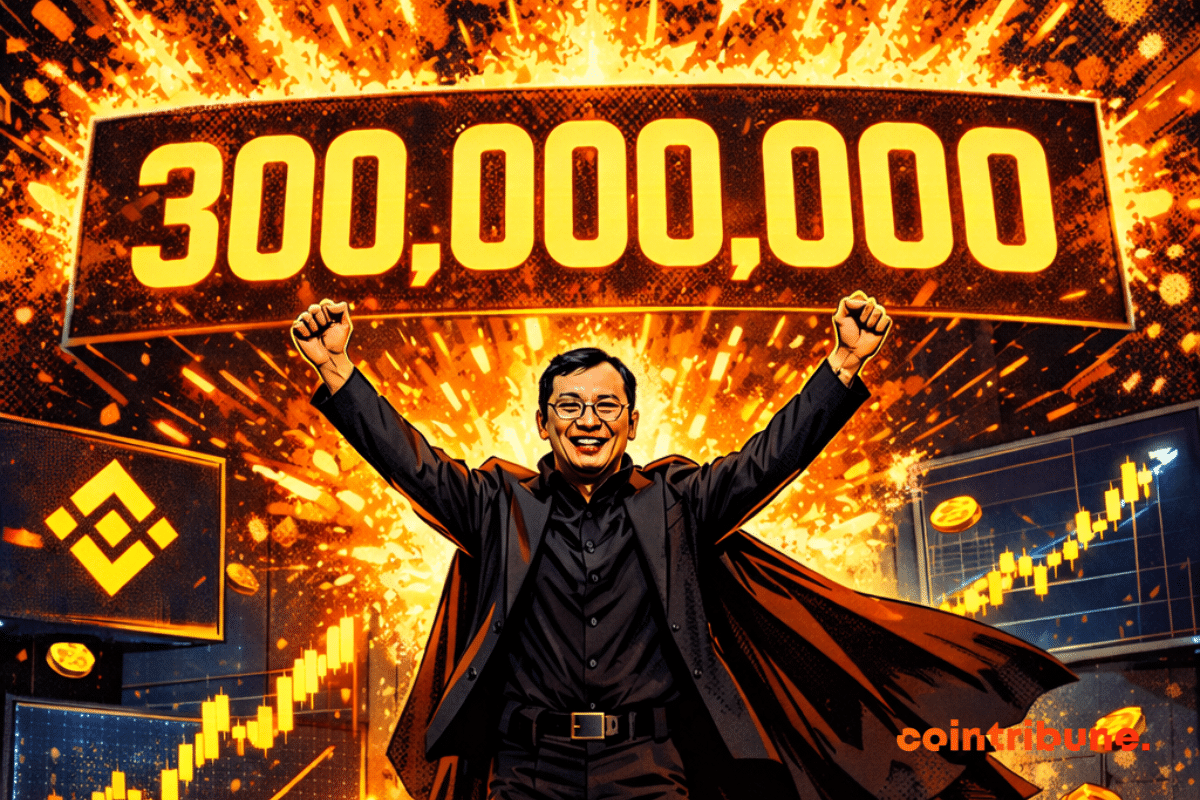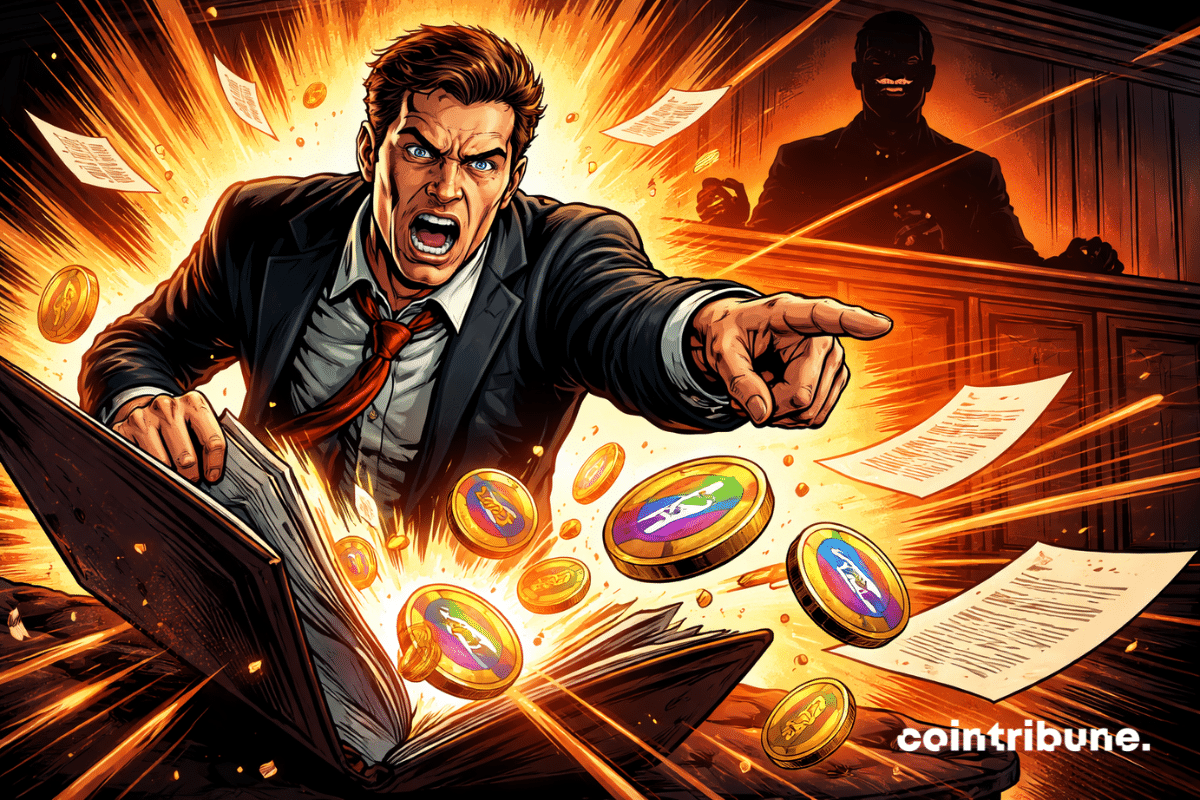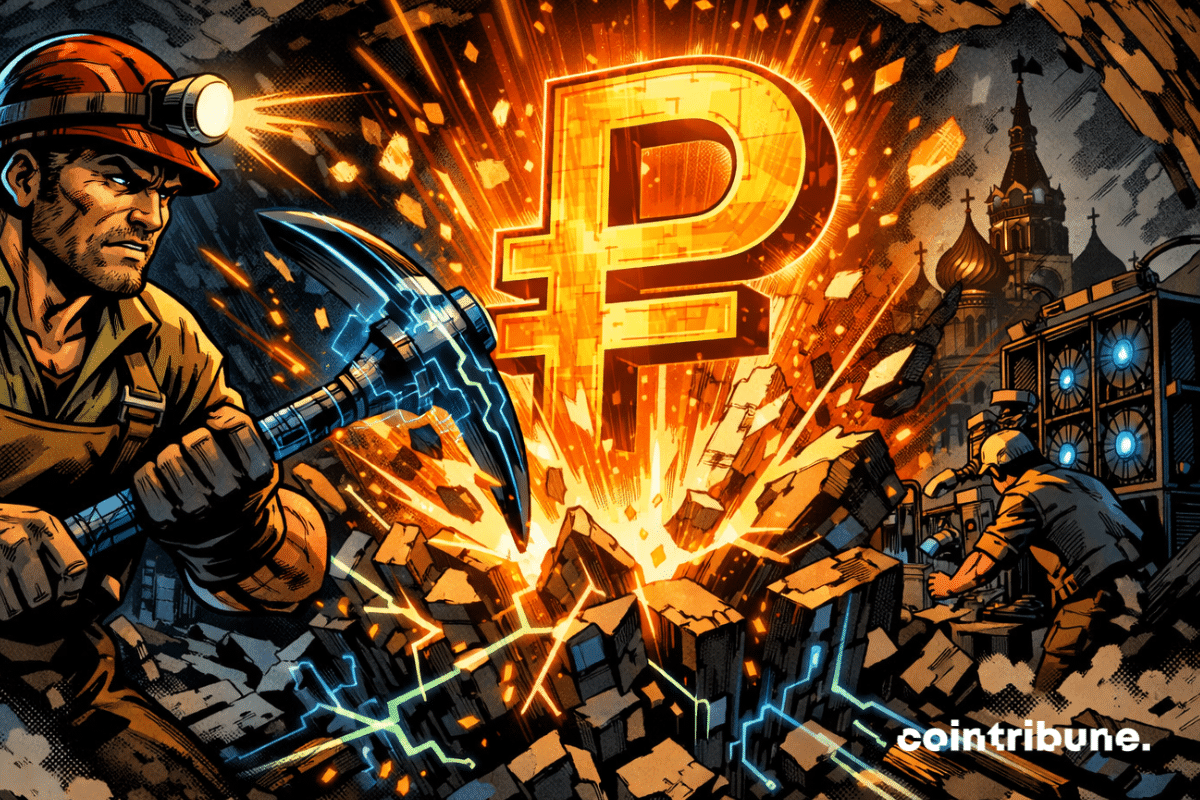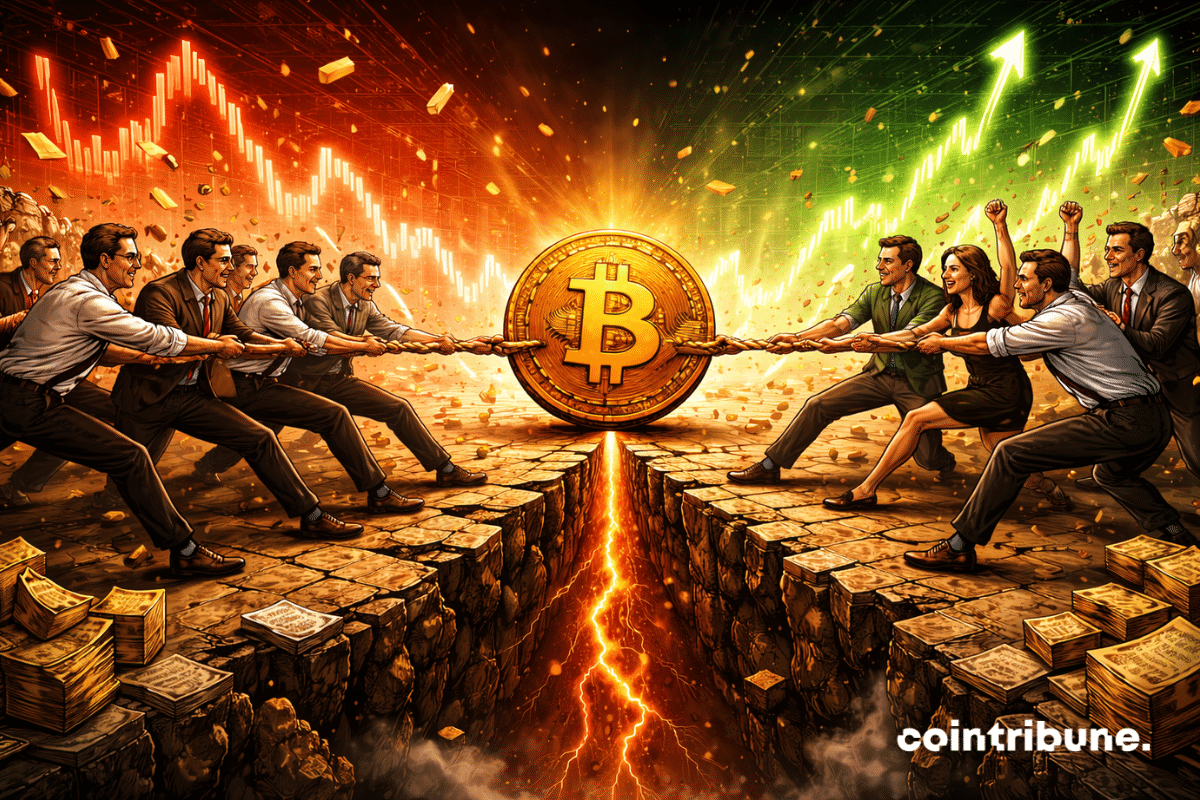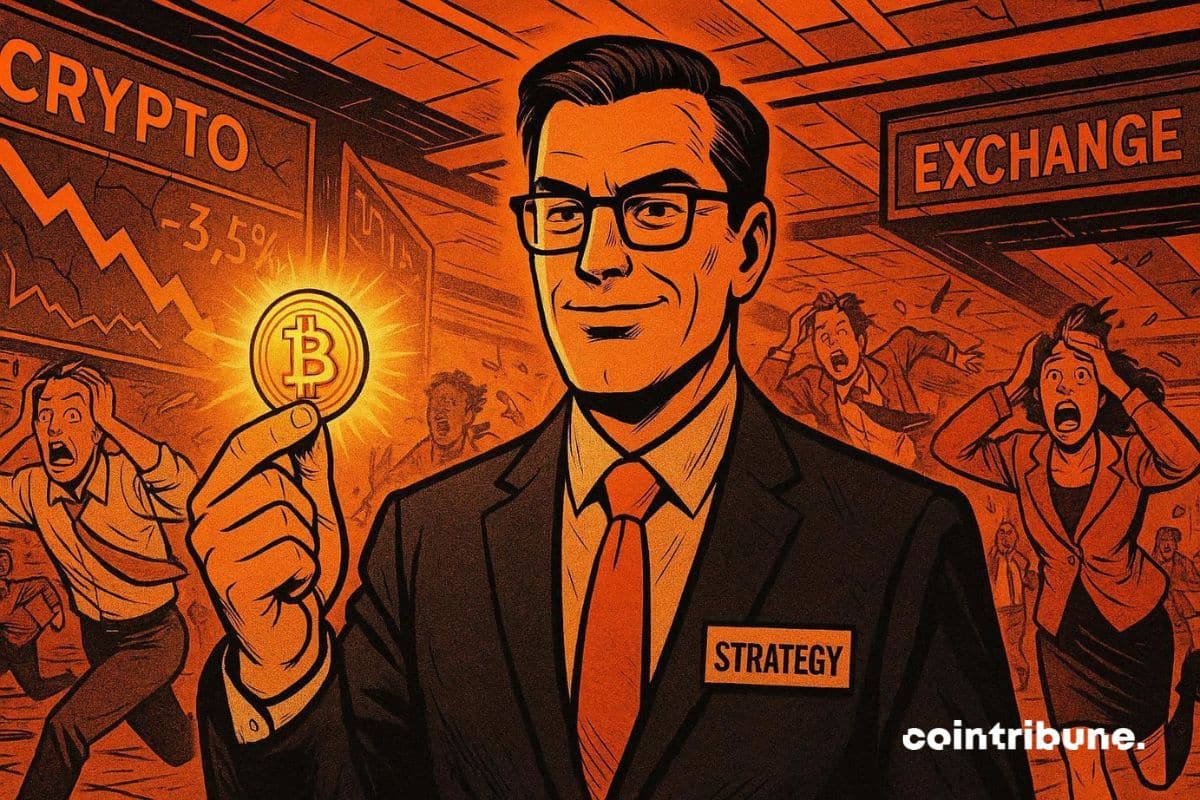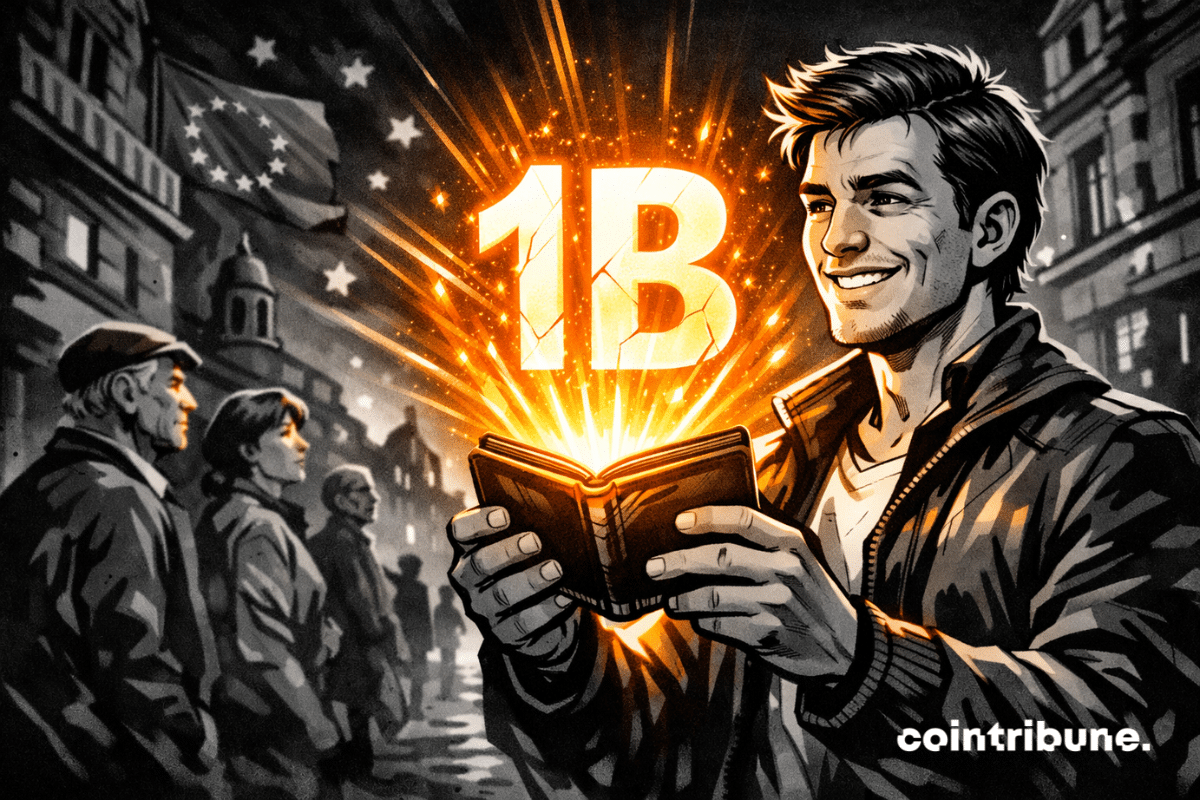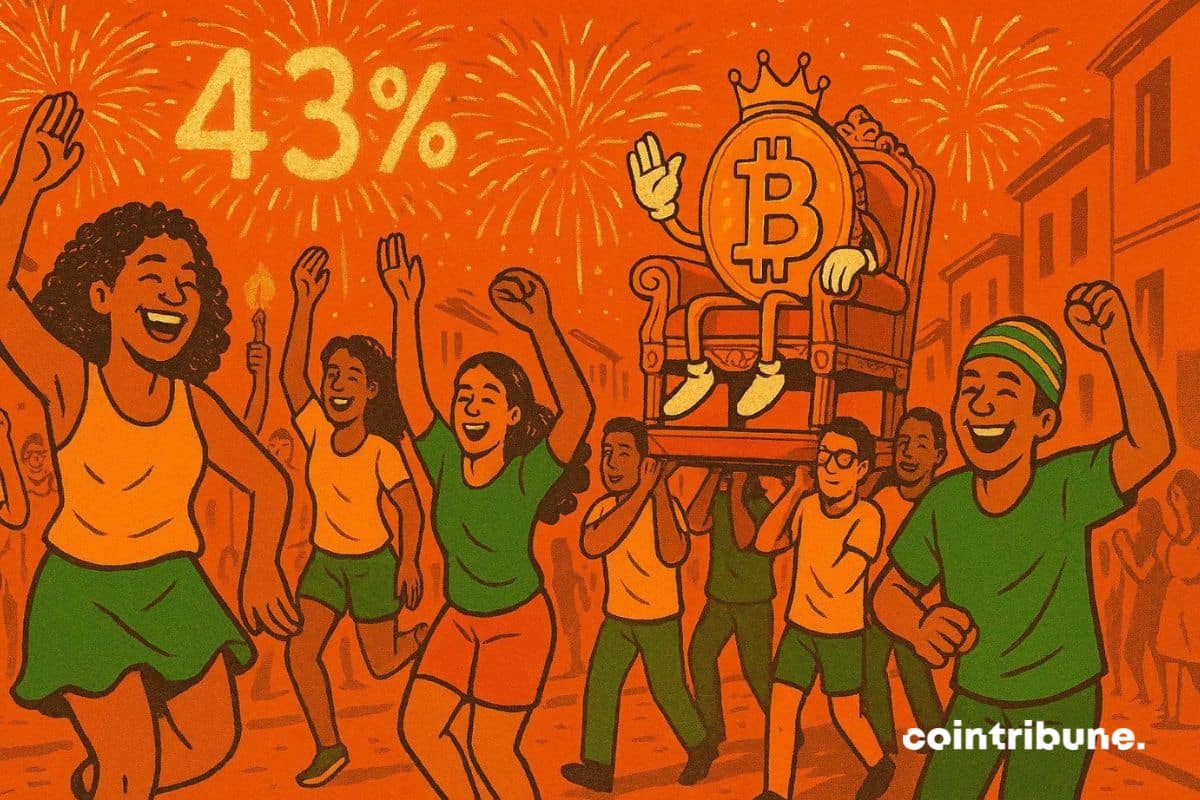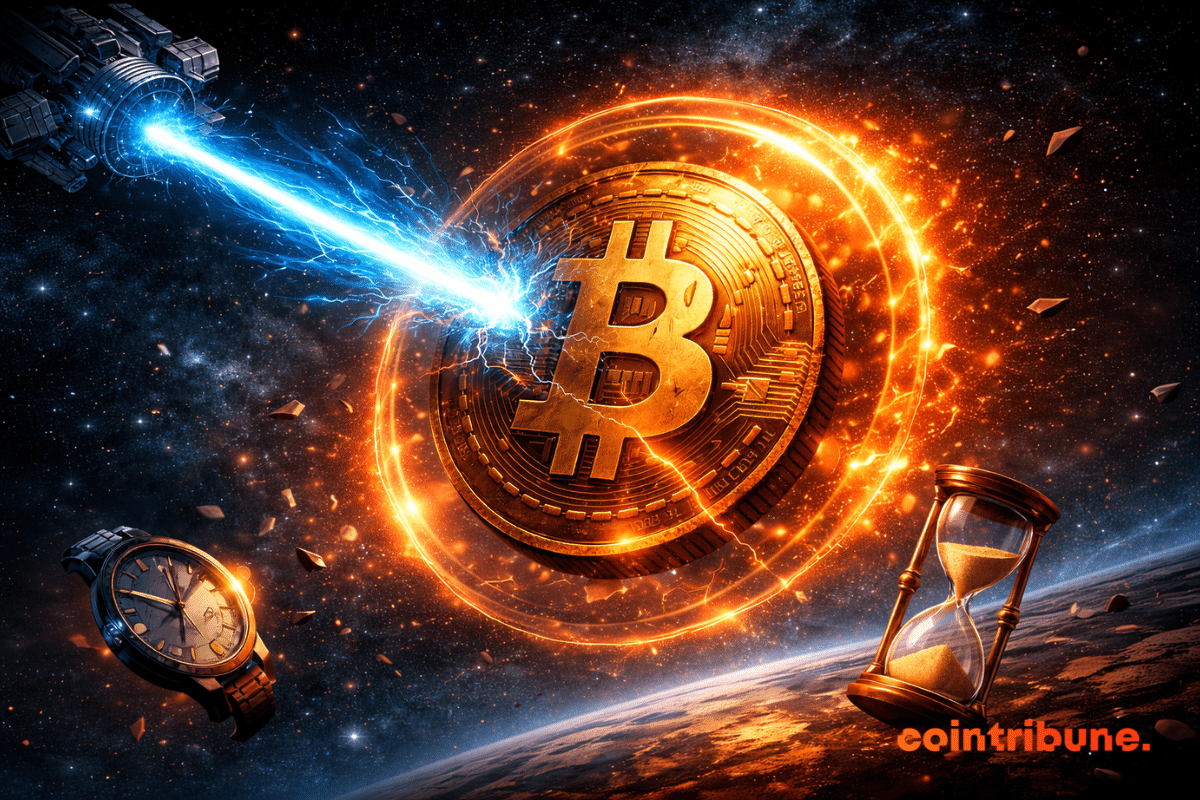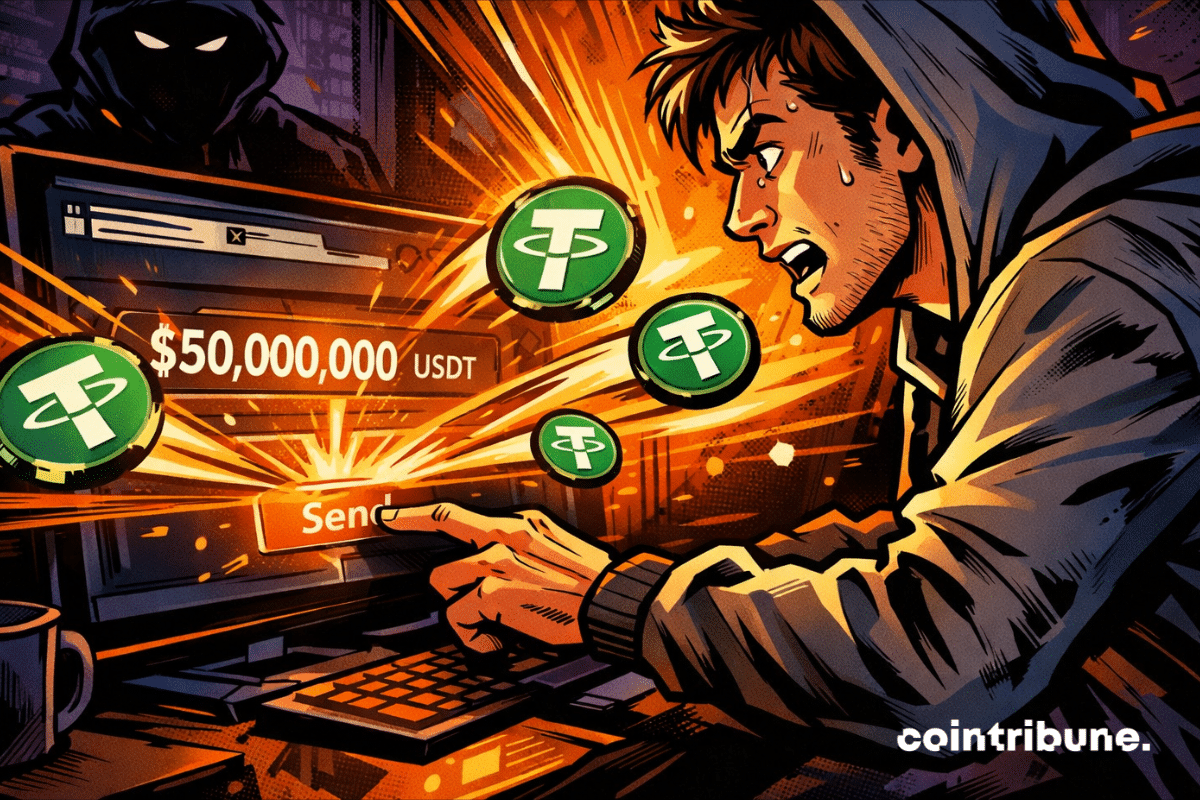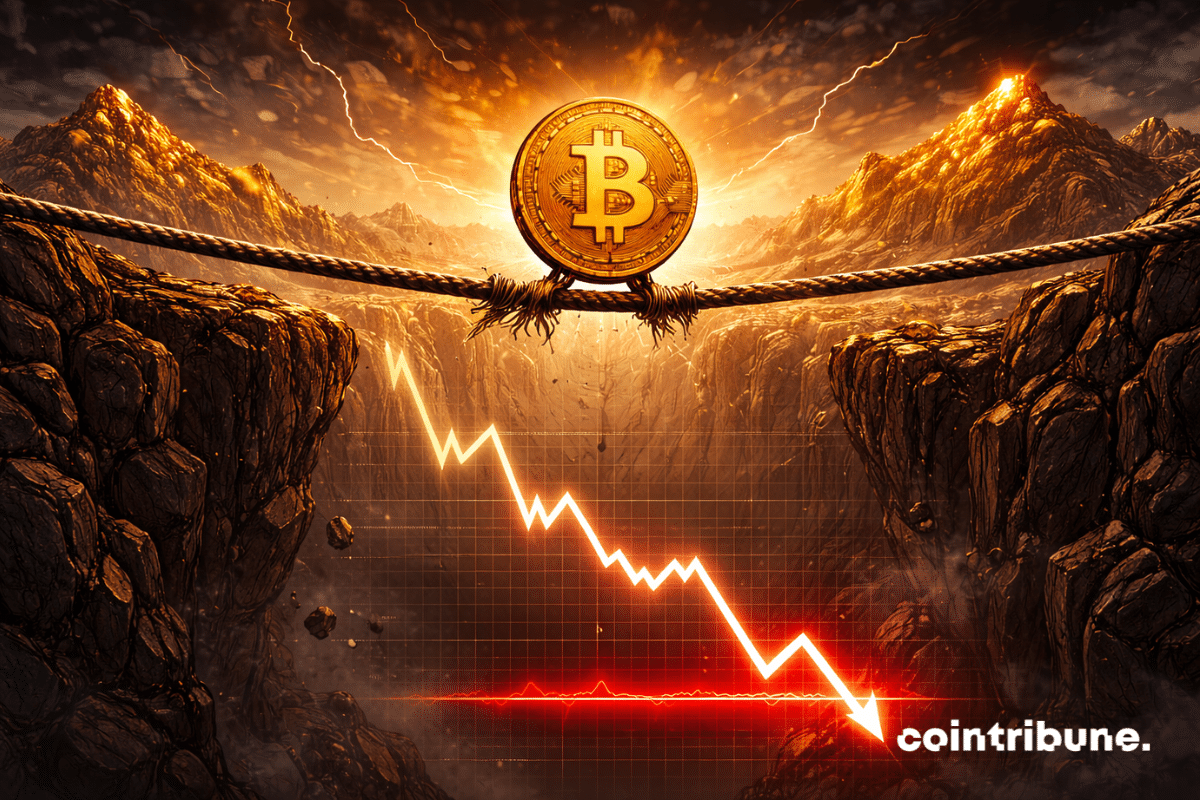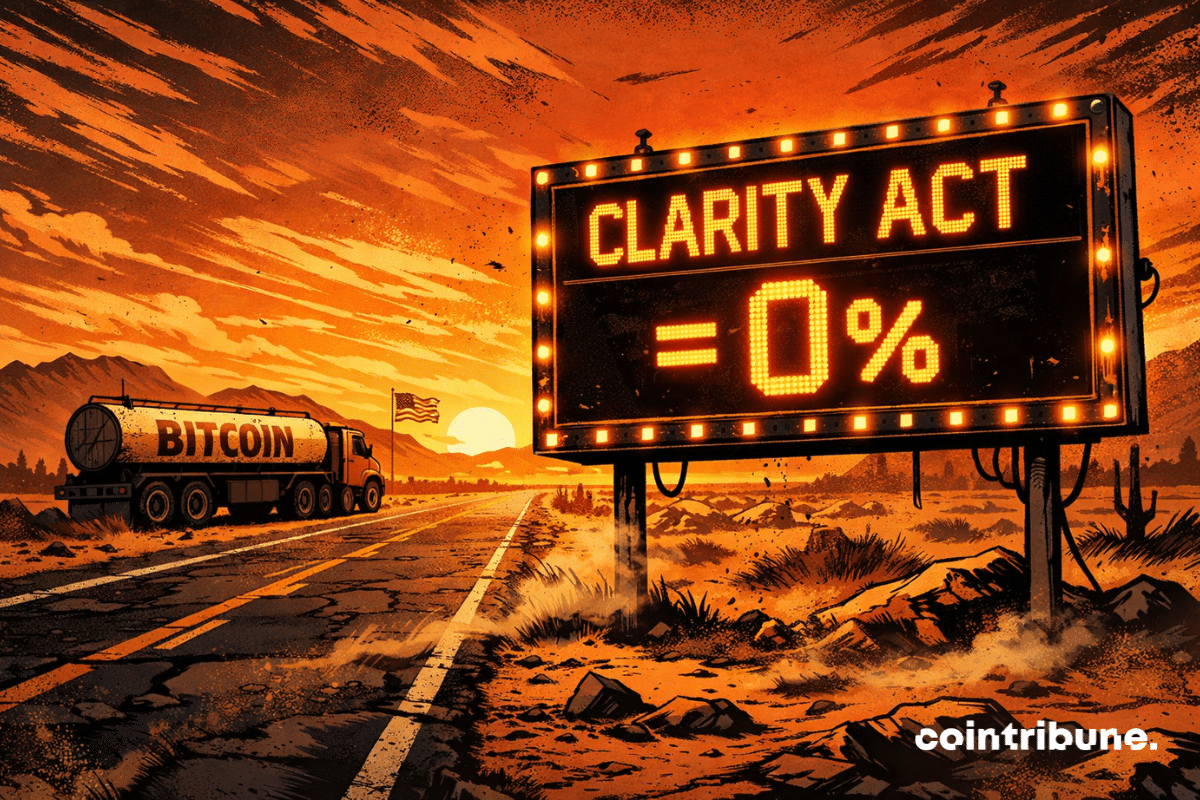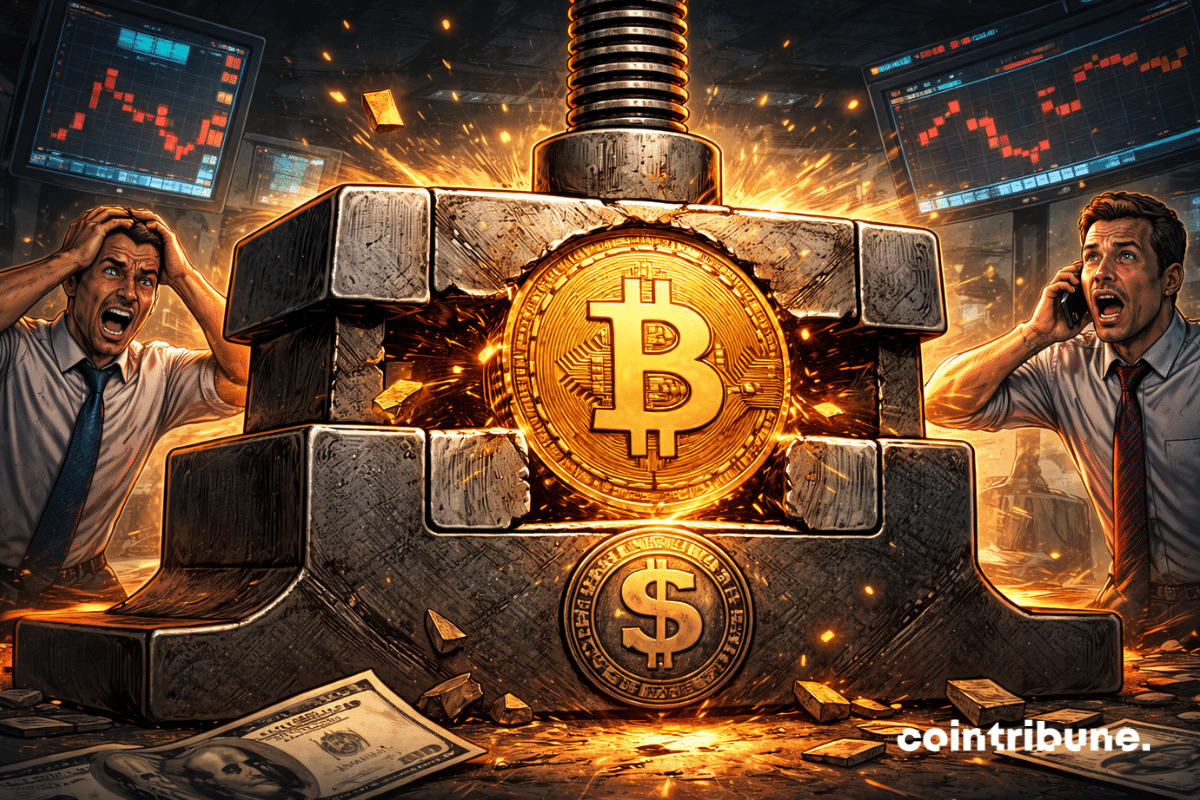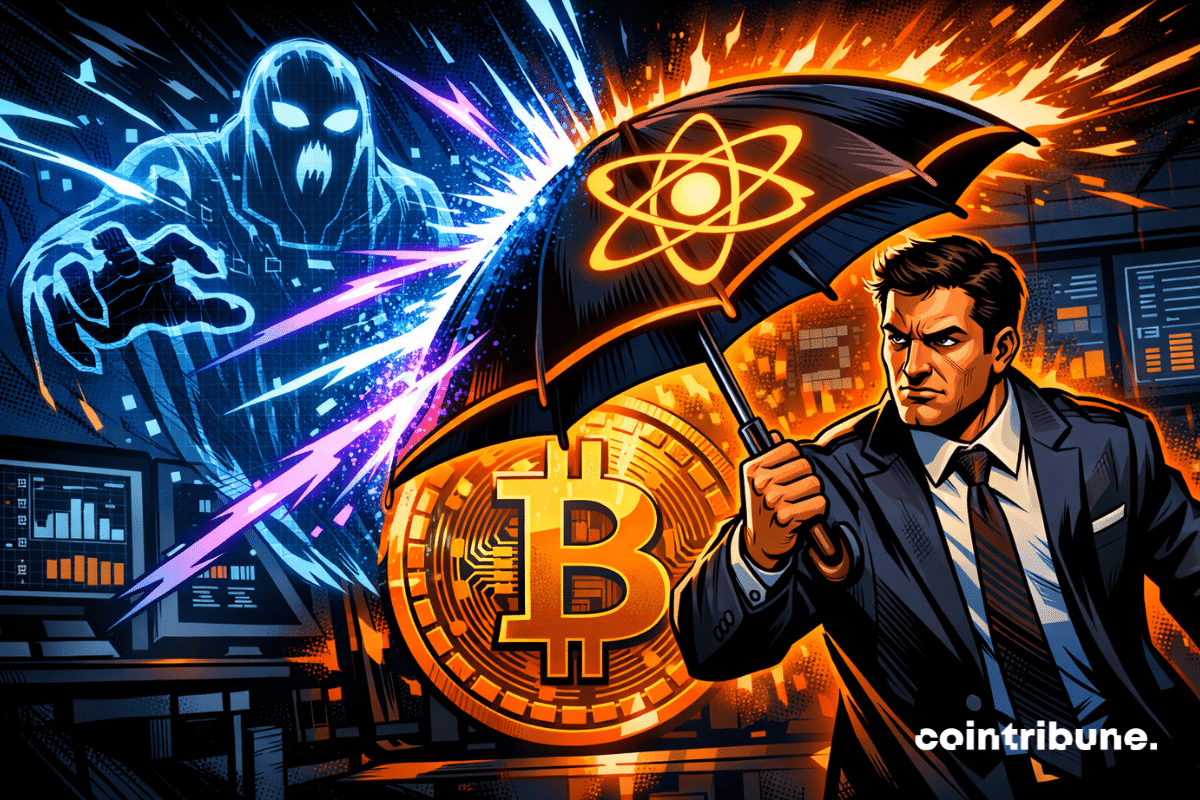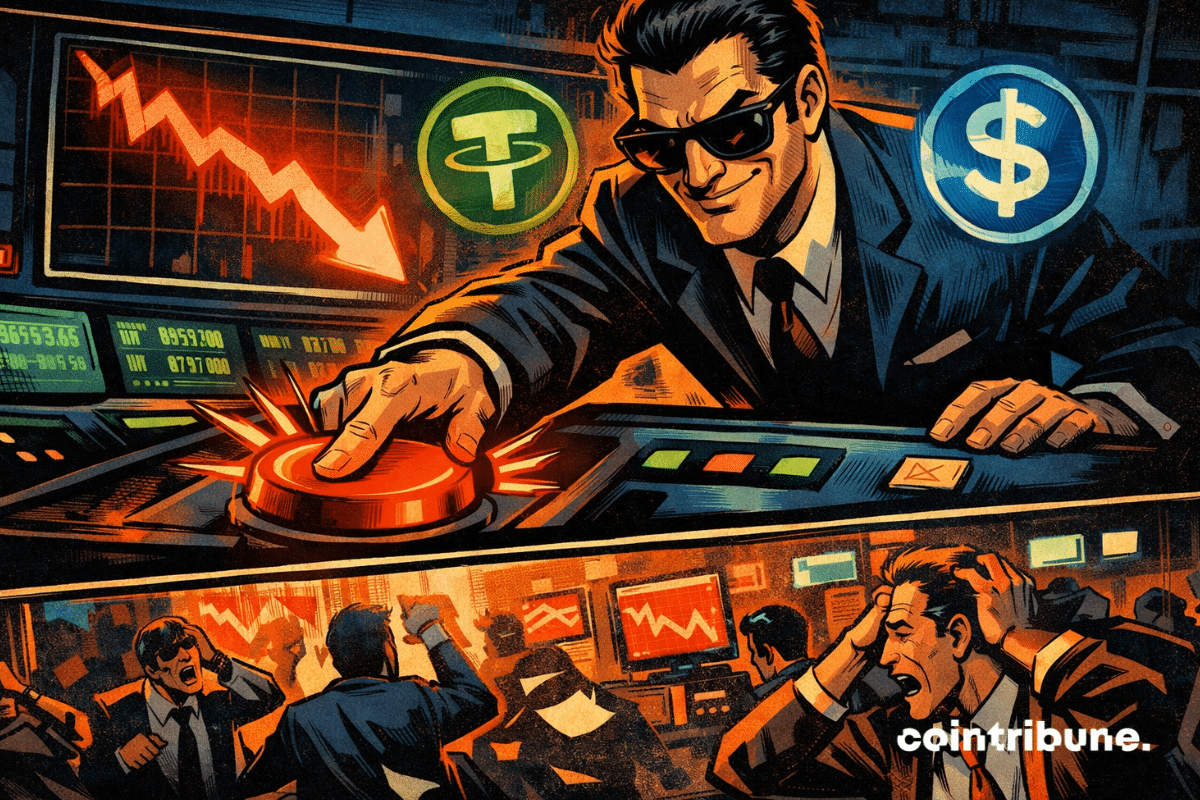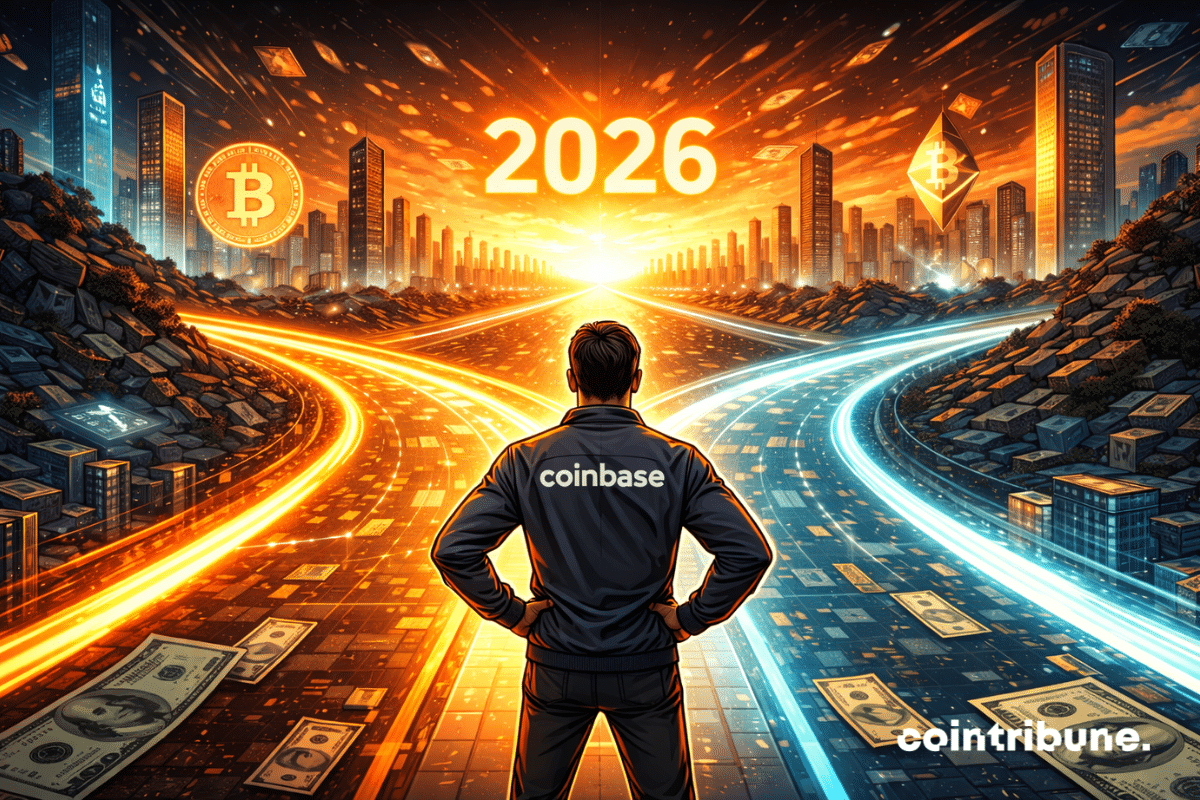Wall Street is heading into 2026 with record equity exposure and falling cash levels, as investors bet on AI spending, strong earnings growth, and accelerating stock rotation despite rising risks.
Getting informed
Bitcoin markets are sending mixed signals as price weakness meets rising trader confidence. While the asset remains under pressure after months of declines, activity in derivatives markets continues to point to steady dip buying. Data from Bitfinex shows traders increasing bullish exposure, even as sentiment across the broader market remains cautious.
Binance has exceeded 300 million registered users, eight years after its launch. In crypto, this milestone matters as much for the symbol as for what it reveals. It tells a story of a liquidity machine, solid technical execution, and the ability to survive storms.
In December 2024, memecoins were leading the trends. Their capitalization flirted with unprecedented highs. And then, in 2025... everything collapsed. Who would have thought that only one year would separate the spotlight from oblivion? Digital fortunes melted away. Beloved tokens disappeared. What could possibly have happened? Volatility, scams, saturation, or mutation? An analysis of a sharp turn in the ruthless world of the most bizarre cryptos. Nothing hinted at such a reversal for such a popular crypto market.
Memecoin trading on Solana is under new legal scrutiny after investors accused several crypto firms of operating an unfair trading system. A federal lawsuit alleges private messages show coordination between blockchain engineers and a popular memecoin platform, putting retail traders at a disadvantage. A judge has allowed the case to proceed with expanded claims.
Cryptocurrency mining in Russia is helping support the ruble, with officials noting its growing role in the economy and financial flows.
Charles Hoskinson, founder of Cardano, sounds the alarm on rushing into post-quantum cryptography adoption. According to him, blockchains will have to accept major compromises to defend against future quantum computers. But when will this threat really become critical?
While bitcoin seems frozen around 88,000 dollars, the apparent calm masks growing tension in the markets. Between hopes for a rebound and fears of a brutal correction, investors position themselves at daggers drawn. This polarization intensifies as volumes on Binance reveal tactical movements, and technical indicators flirt with key levels. The market holds its breath, watching for the signal that will decide between a bullish continuation or a sharp return to much lower thresholds.
While geopolitical fractures weaken the global monetary order, a silent upheaval is taking place. The BRICS, supported by their allies, are taking control of gold. By concentrating nearly 50% of global production and strengthening their reserves, they move from contestation to action. This realignment is no longer speculation, as it marks the emergence of a financial counter-power capable of challenging the supremacy of the dollar and redefining global balances. Gold once again becomes a strategic weapon.
Michael Saylor rekindles the suspense: a new bitcoin purchase is looming, while MSTR is collapsing and regulators threaten Strategy. With 671,000 BTC at stake, can this bold strategy withstand market pressure? Analysis of the stakes, key figures, and risk scenarios for 2026.
While bitcoin continues its decline, an anomaly intrigues: fear does not dominate. Unlike the troughs marked by panic selling and widespread pessimism, current signals remain surprisingly moderate. No emotional tidal wave, no real capitulation is looming. This relative calm, out of sync with the bearish dynamic, raises questions: is the correction really over, or is the market still holding its breath before a sharper retreat?
Stablecoins continue to gain a stronger foothold across global crypto markets. This growth now appears not only in supply figures but also in transaction activity across blockchains. In Europe, momentum is building around euro-linked tokens, while USDC continues to expand across multiple networks. Recent data points to a shift toward transaction-driven expansion rather than passive issuance.
In 2025, Brazil writes a new page in financial history with a 43% explosion of the crypto market. Between historic records, massive adoption, and revolutionary investment strategies, this boom redefines the rules. Why such growth?
Adam Back has pushed back against growing concerns over quantum computing, arguing that while Bitcoin should prepare for the future, the technology is still far from posing a real threat.
Crypto transactions are becoming more common due to their borderless nature. And with the festive season here, some are looking to gift digital assets to their loved ones. For beginners, however, the whole process of sending these modern Christmas presents might feel a bit complex. This article explains the main ways to gift crypto and how various jurisdictions regulate such transactions.
A small test transfer turned disastrous as a user sent nearly $50 million USDT to a scammer in an address poisoning attack.
Cardano collapses: -64% capitalization in 2025, a historic crash that raises questions. Between massive whale sell-offs and crypto user disengagement, ADA struggles to survive. Should we fear the worst or hope for an unexpected rebound? Exclusive analysis of causes and scenarios for 2026.
The banknote arrives by container? The archipelago will draw its crypto. Meanwhile, Stellar slips tokens into the State's pockets. The IMF is counting the hours.
Bitcoin falters against gold. The BTC/XAU ratio has just dropped to a critical threshold: 20 ounces of gold for one bitcoin, a level never reached since early 2024. For analysts, this reflects a possible cycle turning point and revives the debate between supporters of a technical rebound and those fearing a new bear market. Between tension and hope, a key indicator resurfaces and could change everything.
After a 2024 marked by the influx of ETFs and institutional enthusiasm, signs of fatigue are multiplying. According to CryptoQuant, demand has significantly contracted since October, confirming the entry into a bearish phase. Between the outflow of incoming flows, breaking of technical supports, and investor hesitation, the market shows clear signs of tipping. A turning point that analysts are watching closely as the cycle could change pace.
While Washington refines its Clarity Act, bitcoin is falling. Regulation on display, volatility behind the scenes: what if the real shock came from somewhere other than laws?
Bitcoin is not weakening due to its own limits, but because the global economic climate is reshuffling the risk cards. Between contradictory signals from the United States and monetary inflections in Japan, investors are reconsidering their priorities. Indeed, the flagship crypto, which has been a market driver in recent months, is retreating in portfolios. This shift says nothing about its intrinsic solidity, but everything about the prevailing nervousness in the face of a monetary policy that remains, for now, unpredictable.
The Christmas season often raises the same question each year: what gift will have lasting value? For people involved in crypto, interests extend far beyond standard tech gadgets. Crypto users form a global community focused on digital ownership, financial independence, and long-term participation in blockchain networks. And as such, selecting a crypto-related gift shows awareness of these priorities. This article presents practical, beginner-friendly crypto gift ideas suited to different interests while remaining useful long after the holidays.
When Grayscale tells us everything is fine for bitcoin, Naoris draws its anti-quantum shield. What if the enemy is not who we think it is?
Recent Bitcoin pullbacks are driven by stablecoin shorts and market dynamics rather than mass selling, with long-term holders remaining largely inactive.
Arthur Hayes views altcoin season as an ongoing cycle, but many traders missed out on key winners despite market gains.
The SEC has just dropped the hammer: Caroline Ellison, former CEO of Alameda, is banned for 10 years, while Gary Wang and Nishad Singh face 8 years of prohibition. A historic sanction after the fall of FTX.
After months of legal battle and a closely followed saga by the markets, Elon Musk has just seized a decisive victory. The Delaware Supreme Court has restored the full 56 billion dollar compensation granted by Tesla in 2018.
The Bitcoin Queen hangs up. Exhausted but clear-headed, Lummis leaves a void. Regulators, traders, and crypto lobbyists wonder: who will now whisper in the ears of senators?
Coinbase Institutional sees in 2026 much more than a simple market rebound: a strategic shift. In a 70-page report published in mid-December, the platform anticipates a deep integration of cryptos at the heart of global finance. While this year has been marked by volatility and persistent regulatory uncertainties, Coinbase is betting on a new emerging phase where regulation, institutional adoption, and new uses will sustainably reshape the crypto landscape.
